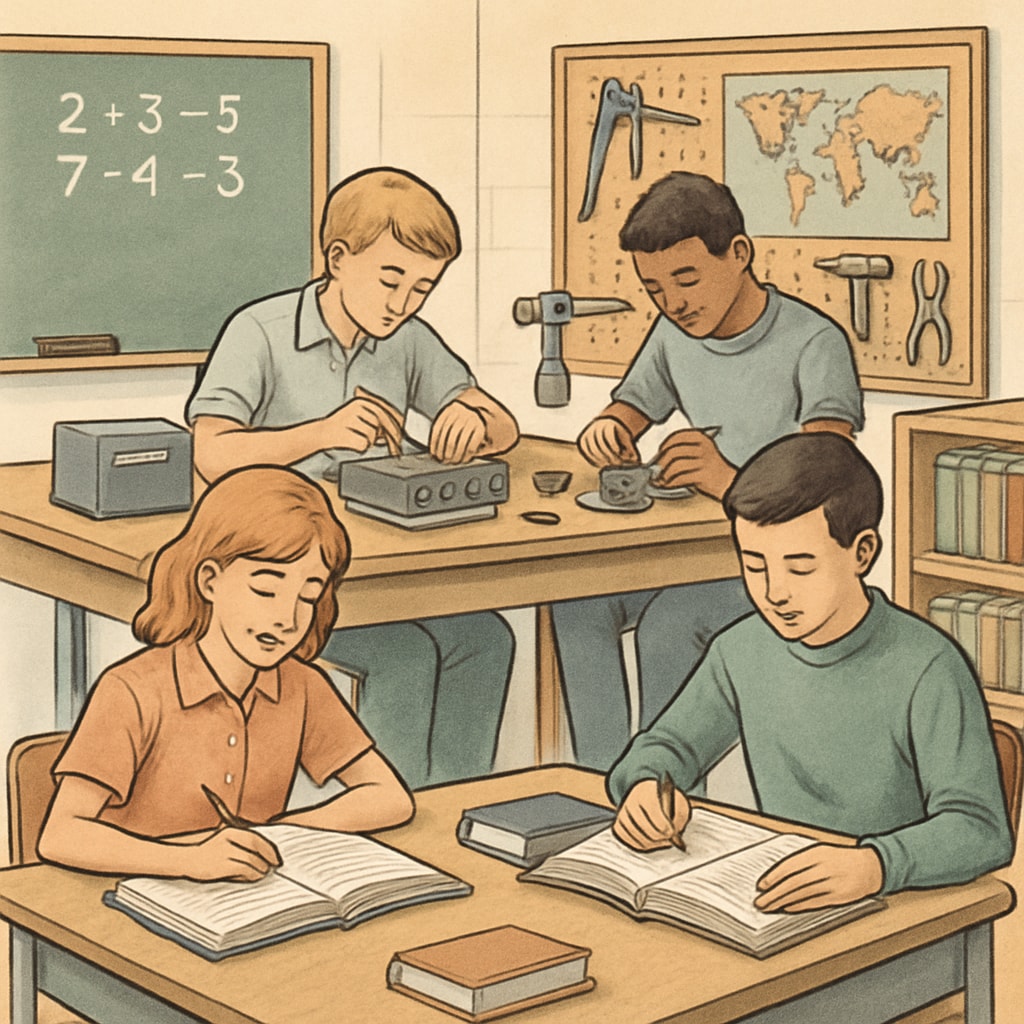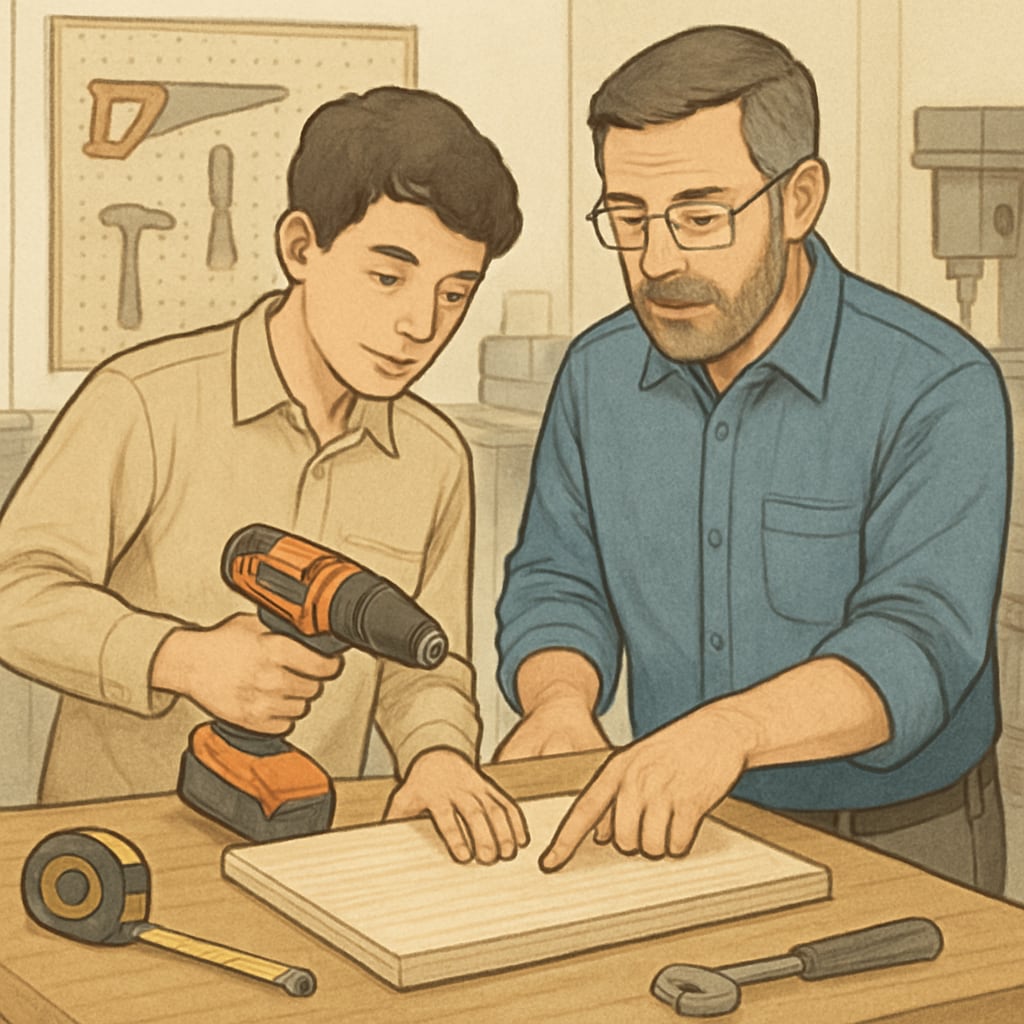In today’s evolving educational landscape, Career and Technical Education (CTE) plays a pivotal role alongside traditional subjects in K12 schools. Balancing these two elements is crucial for equipping students with both academic knowledge and practical skills. As school districts implement various CTE programs, many educators and policymakers are exploring how to integrate these offerings into the broader curriculum effectively. By finding harmony between CTE and traditional academics, we can better prepare students for diverse career pathways while maintaining strong educational foundations.

The Growing Importance of Career and Technical Education
CTE has gained significant attention in recent years as industries demand workers with specialized skills. Unlike traditional academic subjects that focus on theoretical foundations, CTE programs emphasize practical, hands-on learning in areas such as healthcare, information technology, engineering, and culinary arts. This approach not only enhances student engagement but also provides them with tangible career opportunities post-graduation.
For instance, according to Britannica, CTE helps bridge the gap between education and workforce needs, creating a more direct pipeline into high-demand fields. However, challenges arise when integrating these programs into K12 education due to perceptions that they detract from traditional academic rigor.
Implementation Models Across School Districts
CTE implementation varies significantly across school districts. Some schools adopt standalone CTE programs, where students attend separate vocational institutions, while others integrate CTE courses into the existing curriculum. Each model has its strengths and challenges:
- Standalone CTE Programs: Provide in-depth, specialized training but may isolate students from traditional academic environments.
- Integrated Models: Blend CTE with core subjects, fostering interdisciplinary learning but requiring significant curriculum adjustments.
For example, some districts partner with local businesses to offer apprenticeship programs, giving students real-world experience while earning school credits. Others focus on project-based learning, combining academic theories with technical applications to make lessons more relevant and engaging.

Strategies for Balancing CTE and Traditional Subjects
Successfully integrating CTE with traditional academics requires thoughtful planning and collaboration among educators, administrators, and policymakers. Here are some strategies to achieve this balance:
- Interdisciplinary Curriculum Design: Develop courses that combine academic concepts with technical applications. For instance, a physics class could include modules on engineering principles.
- Professional Development for Teachers: Train educators to understand and teach both academic and technical content, fostering a more cohesive learning experience.
- Flexible Scheduling: Allow students to participate in both CTE and traditional courses without overloading their schedules. Block scheduling can be particularly effective.
- Community Partnerships: Collaborate with local businesses and organizations to provide internships, mentorships, and resources for students.
By implementing these strategies, schools can create a dynamic learning environment that values both academic excellence and practical skills.
The Road Ahead: Preparing Students for a Diverse Future
As we look to the future, the balance between Career and Technical Education and traditional subjects will only grow in importance. According to Wikipedia, CTE not only prepares students for immediate entry into the workforce but also lays the foundation for lifelong learning and adaptability in a rapidly changing economy.
Ultimately, the goal is to create an education system that recognizes the value of both academic and technical skills. By fostering a more integrated approach, we can ensure that students are well-equipped to face the challenges and opportunities of the 21st century.
In conclusion, balancing CTE with traditional academics is not just an educational goal but a societal necessity. Through collaborative efforts and innovative strategies, we can empower the next generation to thrive in both their professional and personal lives.


